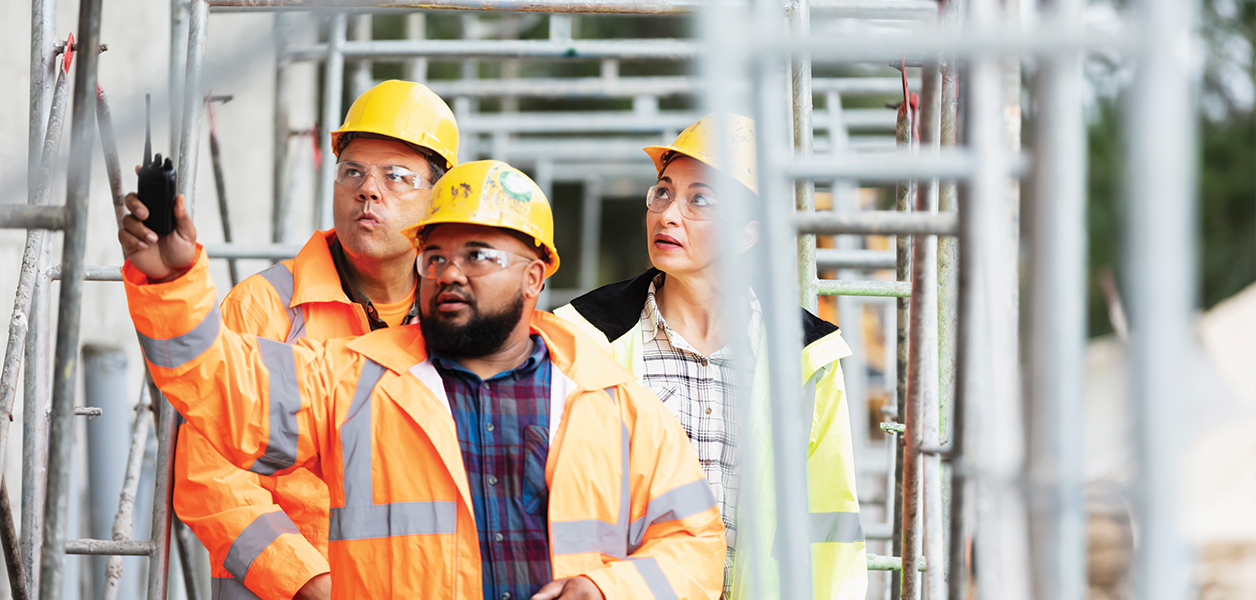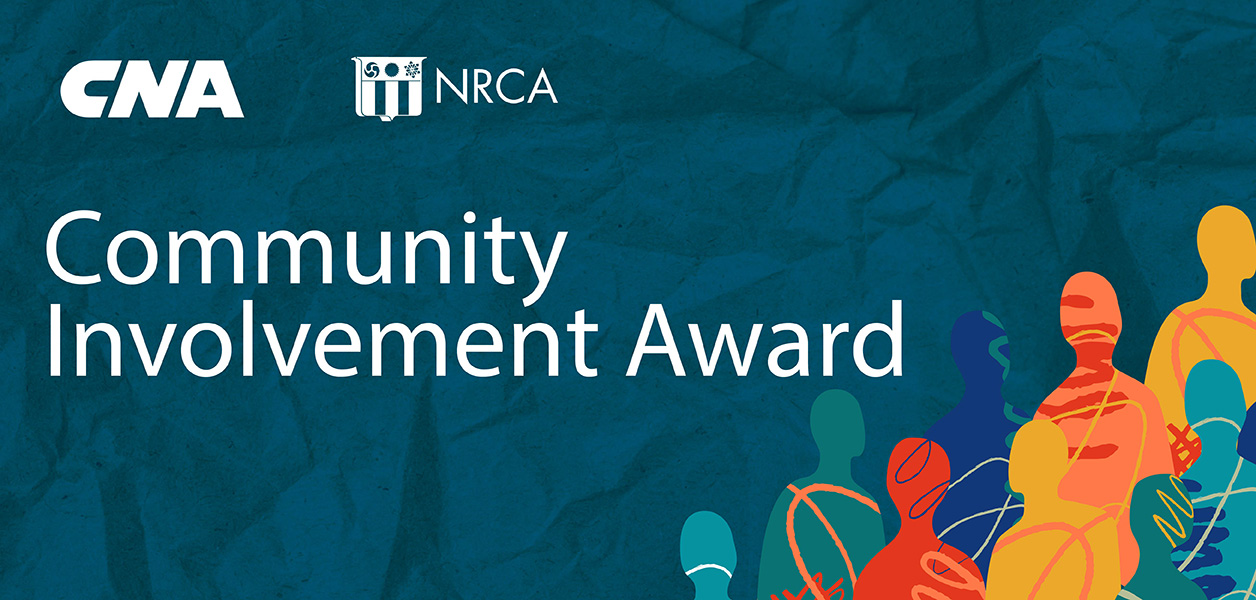As the construction industry battles a skilled labor shortage and an aging workforce, construction firms are trying to keep experienced older workers—ages 55 and up—happy and healthy, according to www.enr.com.
Data from the Center for Construction Research and Training shows workers aged 45-64 made up nearly 40% of the construction workforce in 2015. The average age of construction workers—now nearing 43—has risen at a faster pace during recent years than the average age of all workers.
Many older workers choose to put retirement on hold, often for economic reasons. Although research on workplace injuries consistently has shown older workers to be less vulnerable to injury, that could be changing. A recent National Council on Compensation Insurance study found construction experienced the largest percentage decline of workplace injuries in any industry. However, the decline was slower among older workers compared with younger counterparts. The study also found older workers have a higher proportion of injuries from “falls, slips and trips” and lower proportion of injuries from “contact with objects or equipment.”
Rosemary Sokas, a professor of human science at Georgetown University and frequent CPWR study collaborator, says contractors with a comprehensive approach to job-site safety are more prepared to address potential age-related risks.
“If you make a workplace safer for everyone, you’re going to make it safer for older workers, too,” she says. “Planning for specific projects is the key.”
Some construction firms make workplaces safer by offering frequent breaks for water and shade; providing wellness programs that incorporate organized stretching during the day; considering jobsite logistics, such as providing well-lit work areas and eliminating ladders when possible; emphasizing ergonomics; allowing older workers the opportunity to work on off-site prefabrication, which can be less strenuous; positioning older workers as mentors; and offering greater work schedule flexibility.
Mark Hansen, a risk consultant with Contek Solutions LLC, says awareness of and openness to new ideas and different approaches will benefit workers of all ages and must be communicated regularly and effectively.
“Continually remind your workers that if they need help, to ask for it,” Hansen says. “And that the message applies to everyone.”





